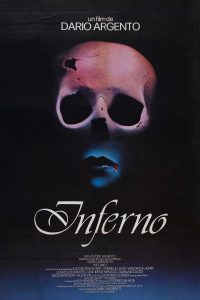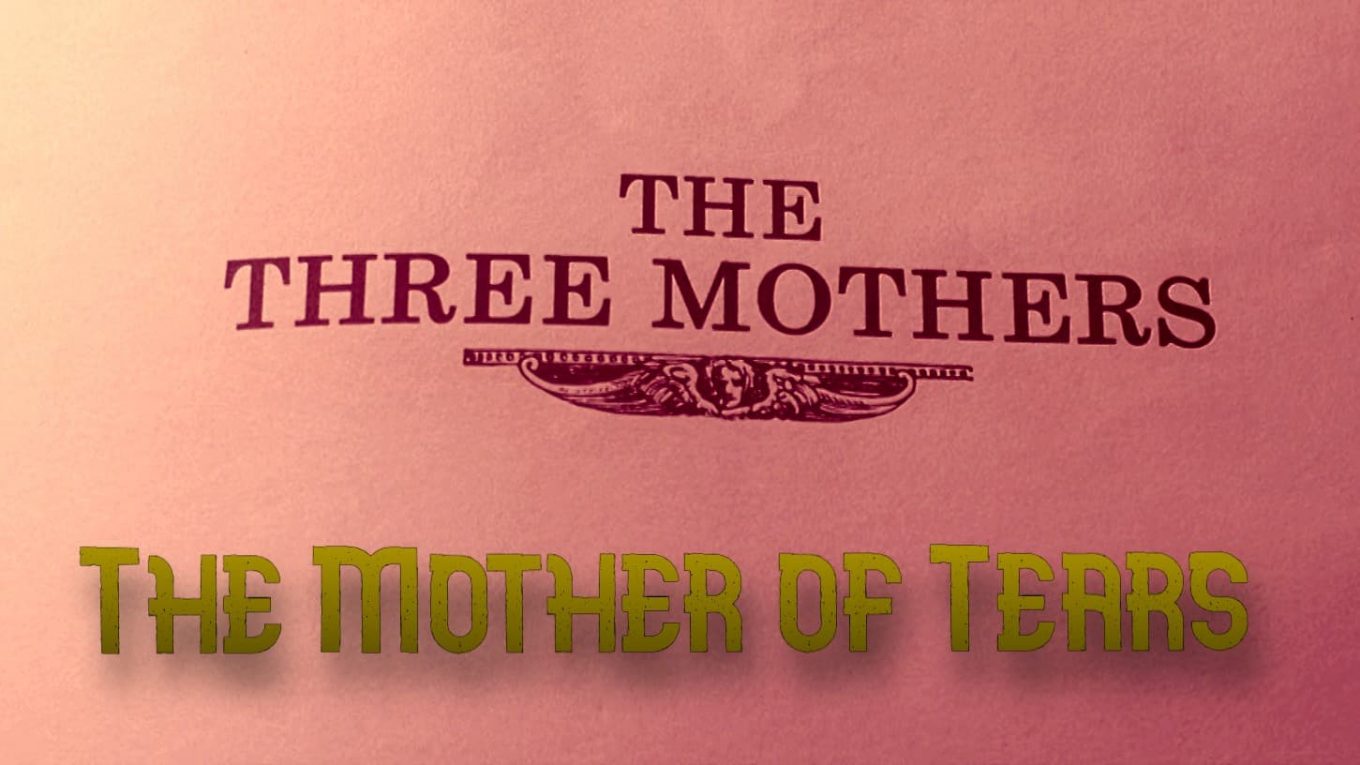The Mother of Tears (2007)
There has been a notable struggle to recapture the original film’s style. Mother of Tears adopts a more naturalistic look, which is a clear departure from the distinctive, stylized aesthetic of Suspiria (1977) and its follow-up Inferno (1980). This shift in visual style may have been an attempt to appeal to a broader audience, but it also feels like a watering down of Argento’s signature approach. The lack of a distinct visual identity is particularly noticeable when compared to the other two films in the trilogy.
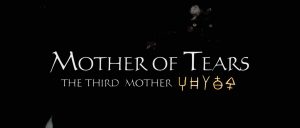
The Mother of Tears concludes Dario Argento’s “Three Mothers” trilogy when an ancient urn unleashes Mater Lachrymarum, the last and most powerful of the three evil witches. The witch’s reawakening summons a massive coven to Rome, and with it a wave of violence, murder, and mass suicides. Sarah (Asia Argento) discovers her own lineage to white witches and, guided by the ghost of her deceased mother, she is forced to confront Mater Lachrymarum and her followers to prevent the witch from bringing a new, dark age of magic.
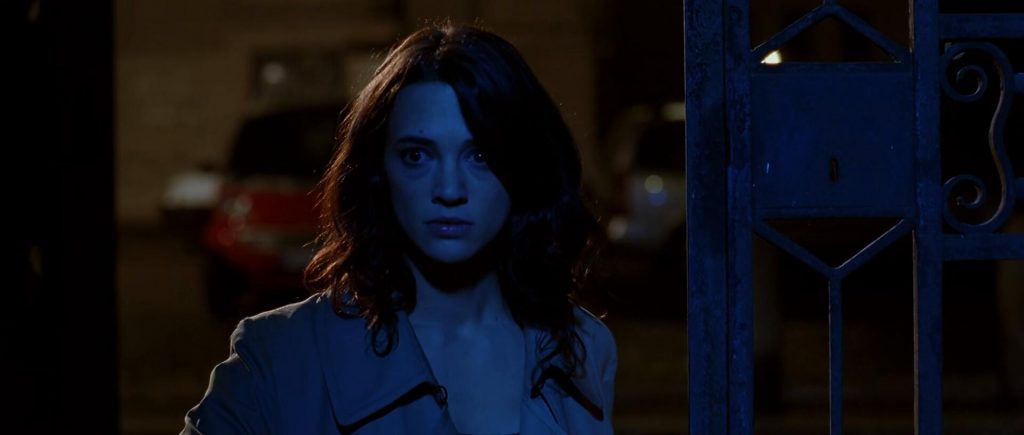
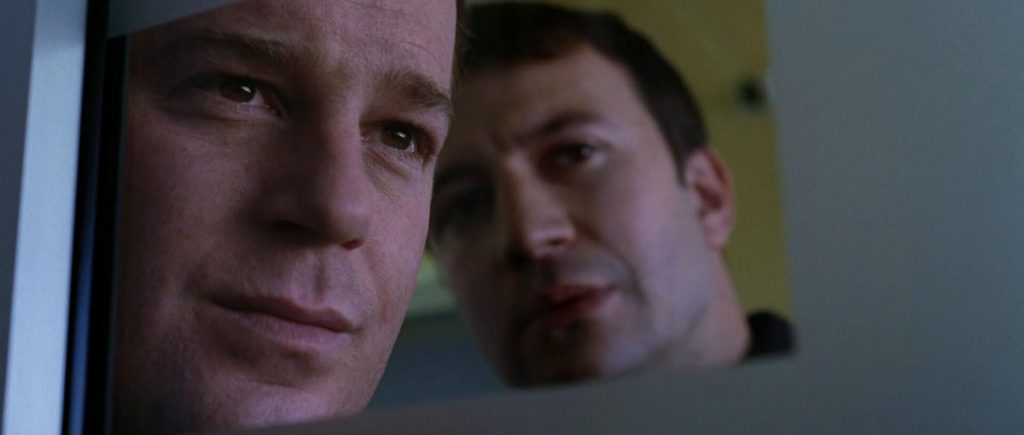
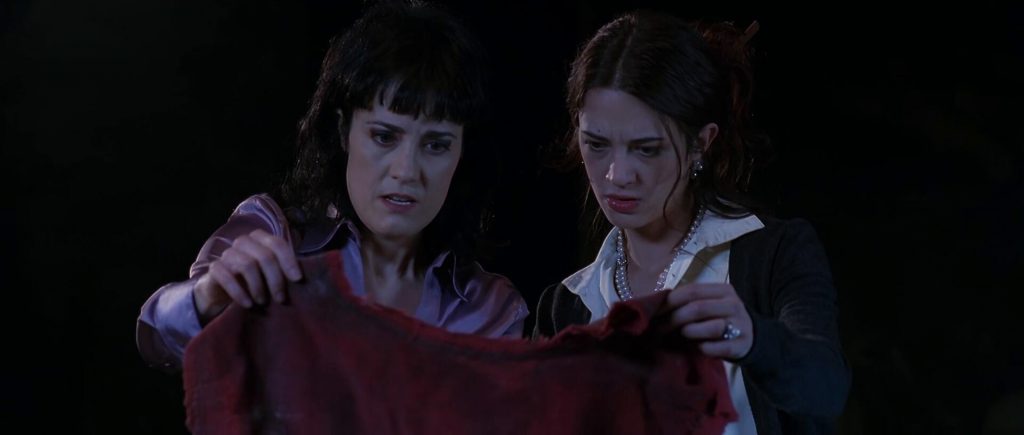
Asia Argento gives a solid lead performance, but the character she plays is arguably one-dimensional. Her motivations and development feel underdeveloped, suggesting the script may not have afforded the role the necessary depth or complexity. It’s worth remembering, however, that Argento is an accomplished actor who has delivered memorable performances in other films—a role that was originally written for Ania Pieroni, who had retired and was not interested in returning.
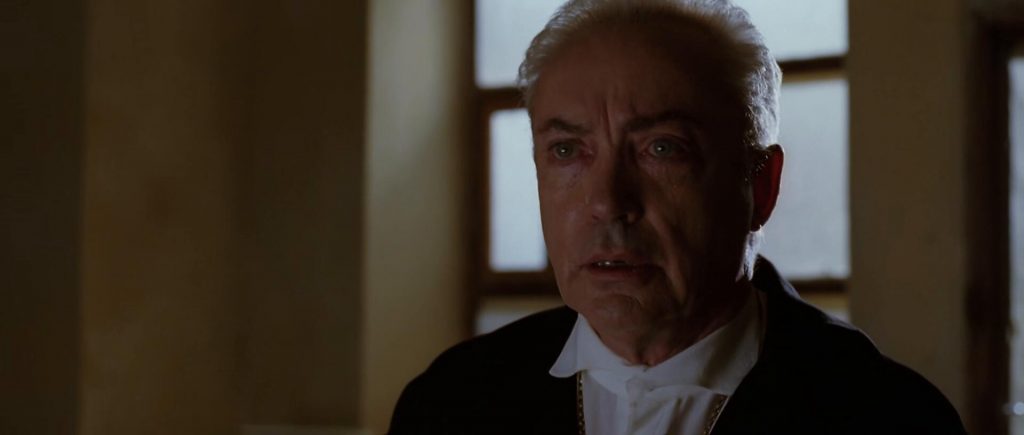
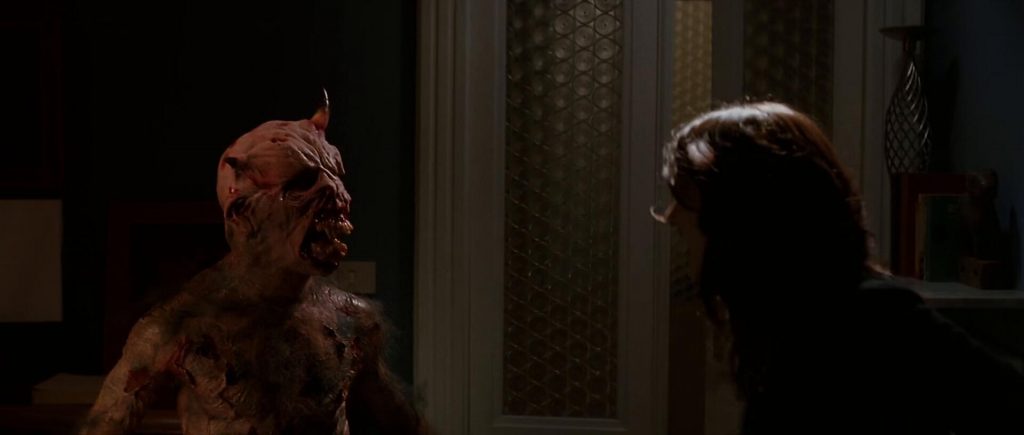
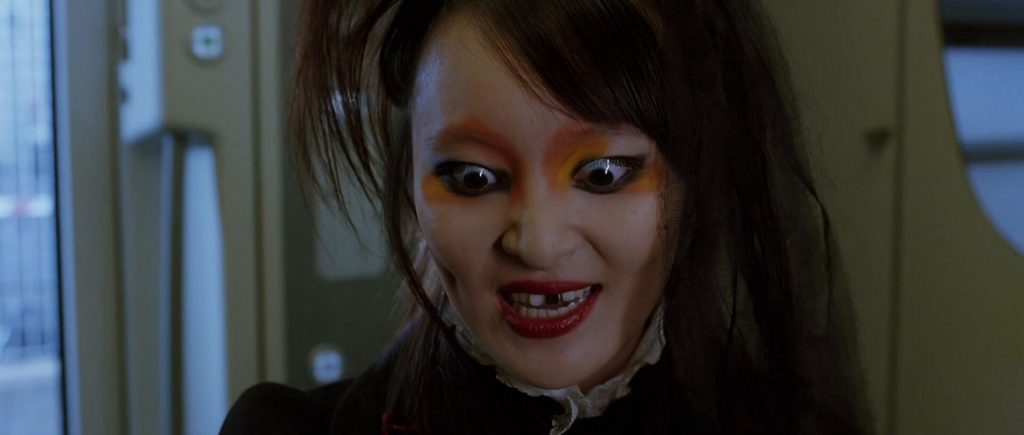
Udo Kier’s return to the series was a welcome one, especially given his iconic portrayal of Lutz in Suspiria. However, his character’s role is reduced to providing exposition and backstory, rather than being an integral part of the plot. It feels like an opportunity missed to integrate Kier’s performance more meaningfully into the narrative.
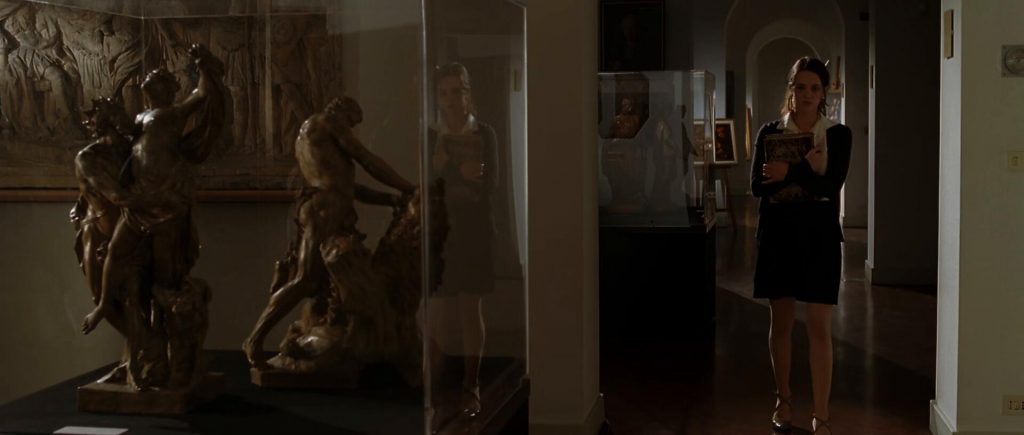
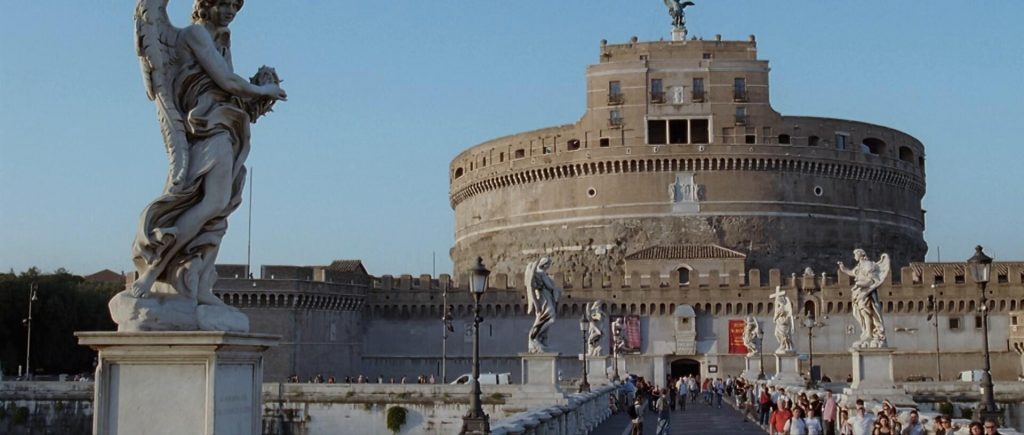
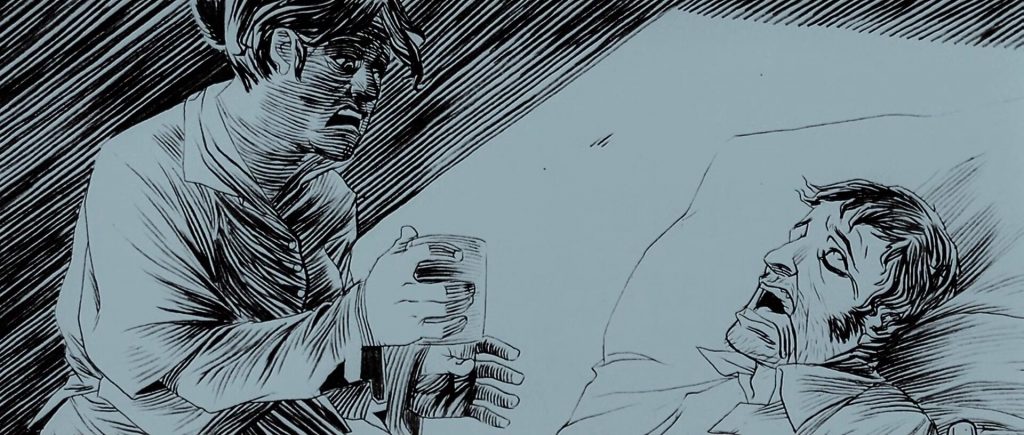
It’s clear that Dario Argento might have lost his way with the film series. It’s undeniable that Mother of Tears doesn’t quite live up to the standards set by Suspiria and Inferno. The trilogy as a whole has a distinct tone and style that is hard to recapture, and Mother of Tears feels like an attempt to retool rather than refine the franchise. The final result ends up feeling like a TV movie or Direct-to-Video entry designed merely to conclude a recently cancelled series.
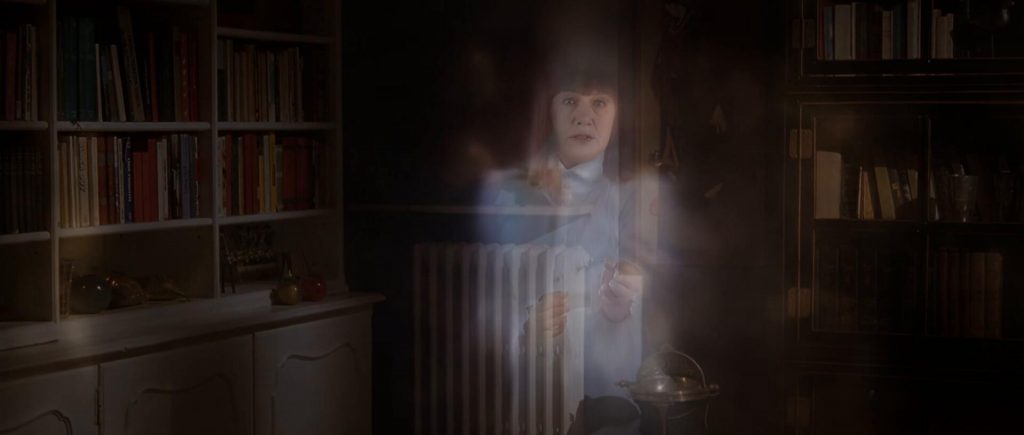

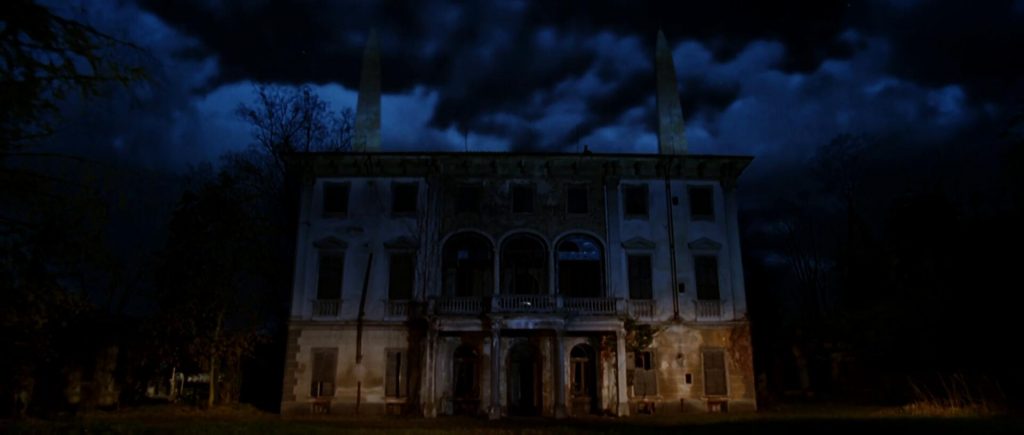
Mother of Tears fails to live up to Dario Argento’s signature style in a number of areas. The early-2000s CGI looks cheap and is poorly integrated when compared to the gorgeous practical effects and art direction of the previous entries. Additionally, the script and dialogue are messy and overly reliant on exposition, making the plot sometimes hard to follow. The film’s tone also suffers, frequently shifting between brutal gore and moments of unintentional comedy.
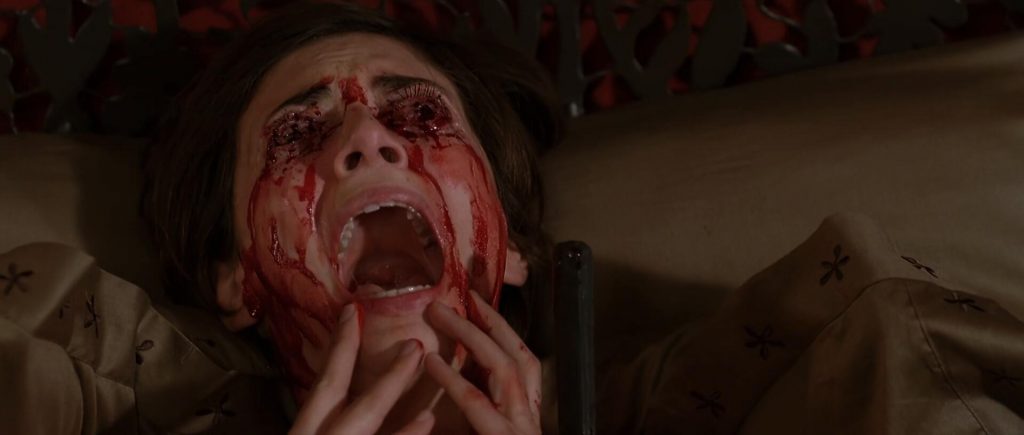
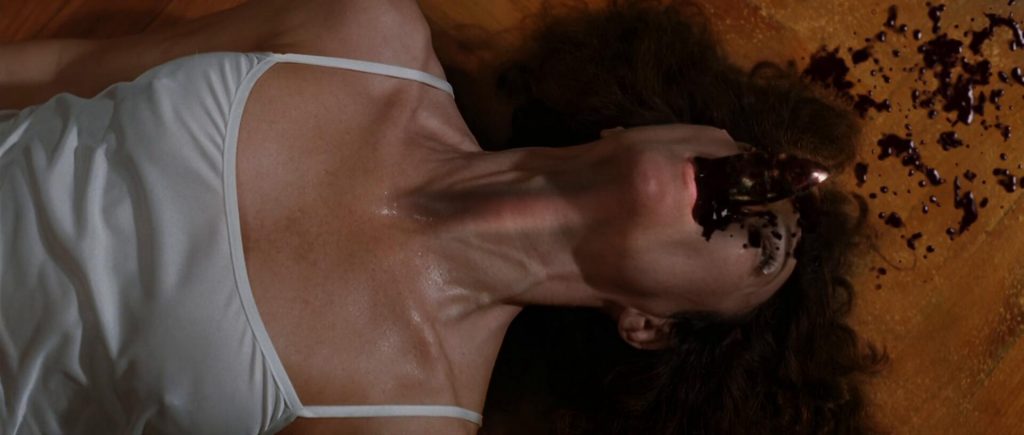
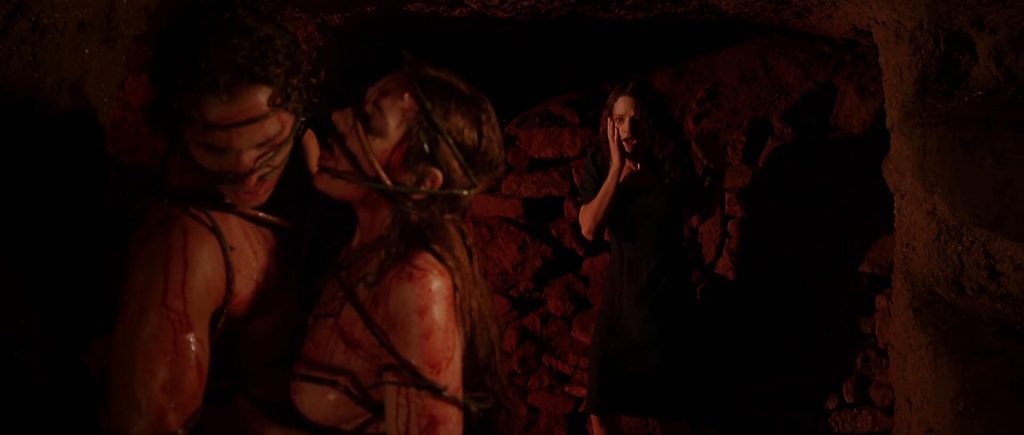
Yet, on occasion, the graphic and gruesome practical effects do stand out in terms of shock-horror, and if you are looking for more gore in your horror, this film delivers more than the first two. Even Claudio Simonetti’s score, composed by the former member of Goblin, adds a strong and evocative element that elevates the film beyond its production flaws. The film’s camp value is undeniable, with some of the acting, bizarre dialogue, and bad CGI making for some entertaining, schlocky B-movie trash.
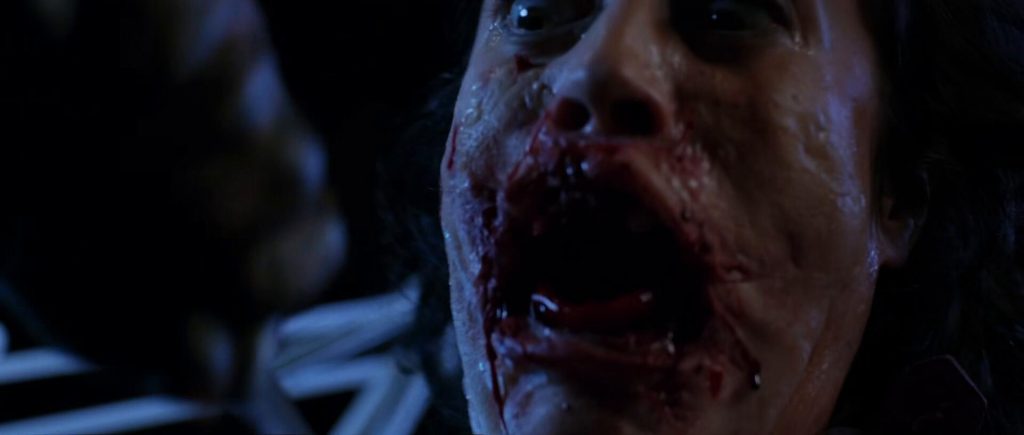
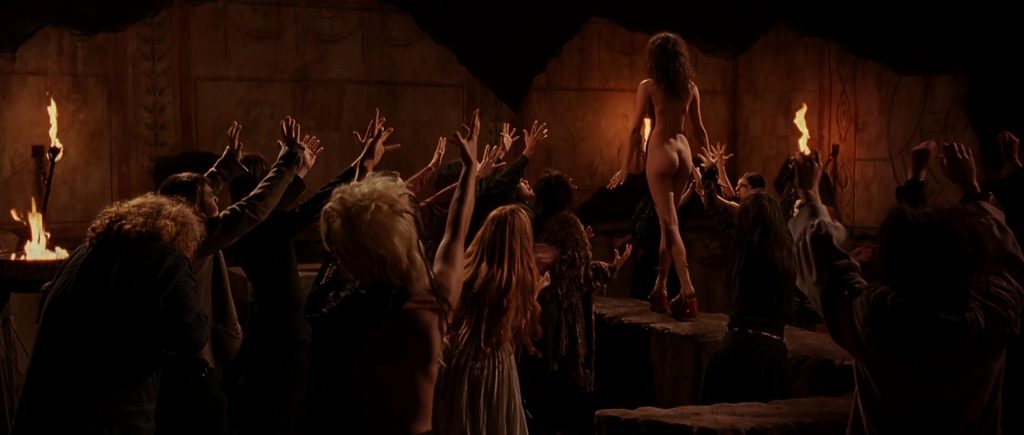
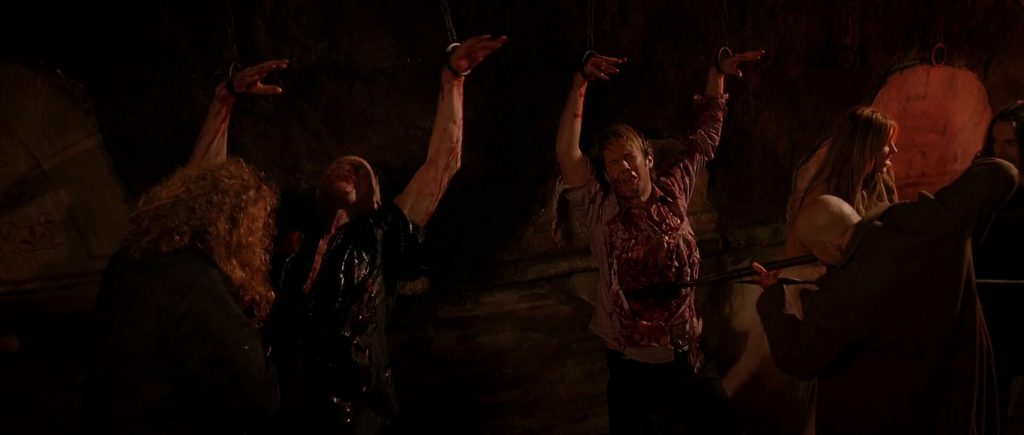
While Mother of Tears does have its moments, it ultimately feels like an inferior conclusion to an otherwise excellent series. The film’s failure to recapture the distinctive style and tone of Suspiria and Inferno, combined with its underutilisation of key cast members, makes it a disappointing finale that fails to provide closure or satisfaction to the franchise.
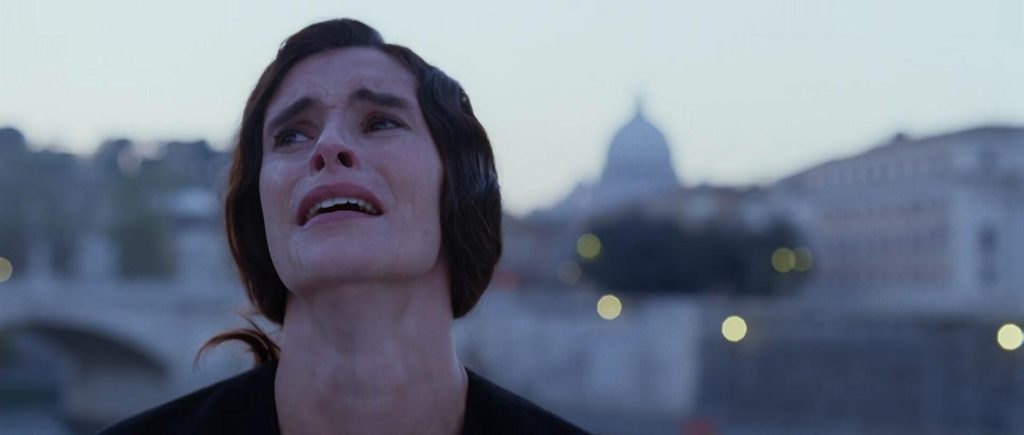
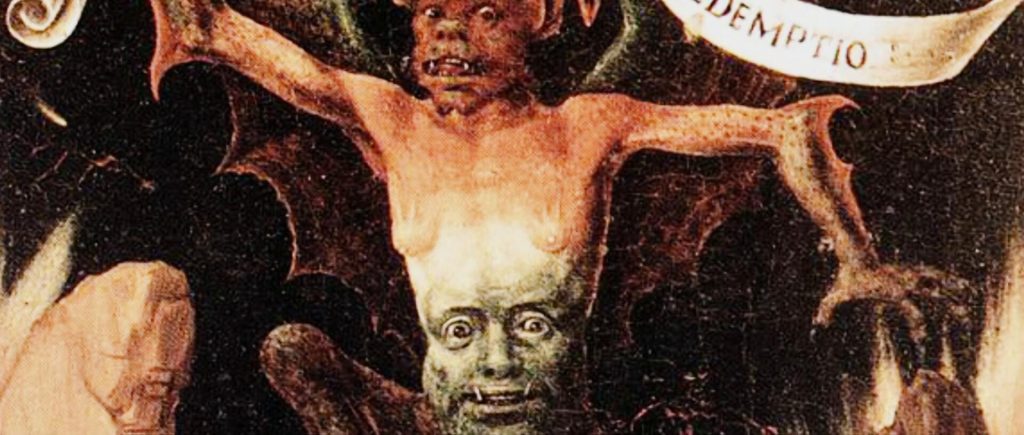
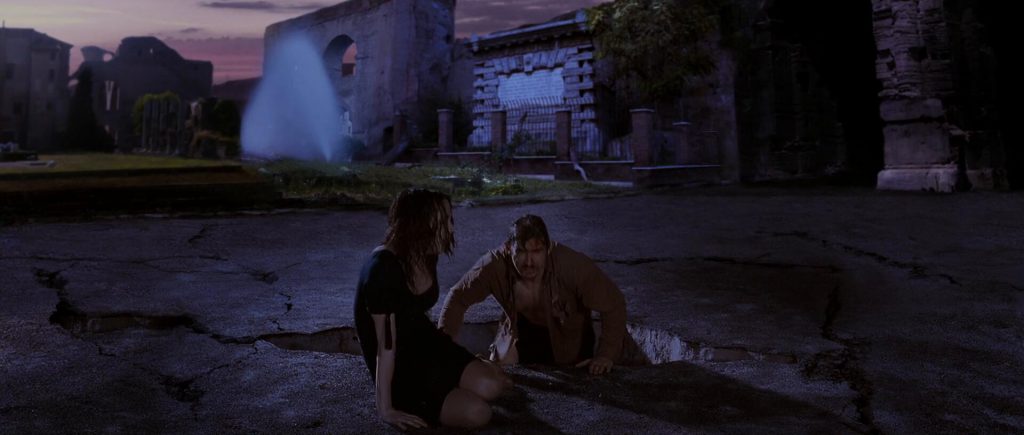
Before Argento finally finished the trilogy, Luigi Cozzi threw a witch in the works with his unofficial third chapter, The Black Cat (1989). This film (also called Il gatto nero) muddies the lore by featuring Levana as the main witch—a character from the source material, but not one of Argento’s Three Mothers. Bizarrely, it’s even been nicknamed Demons 6 by some! We’ll save our deep dive into this strange detour for a later time.
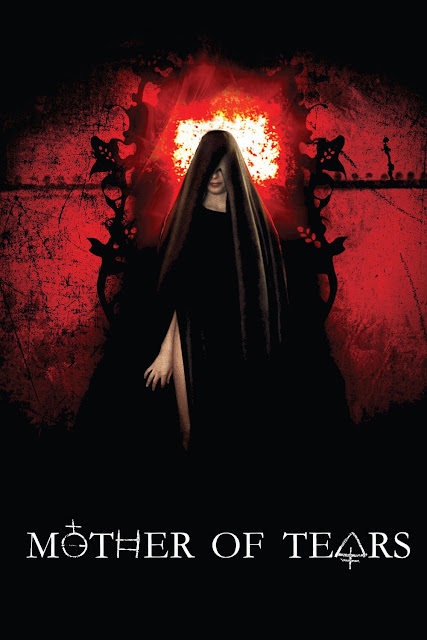
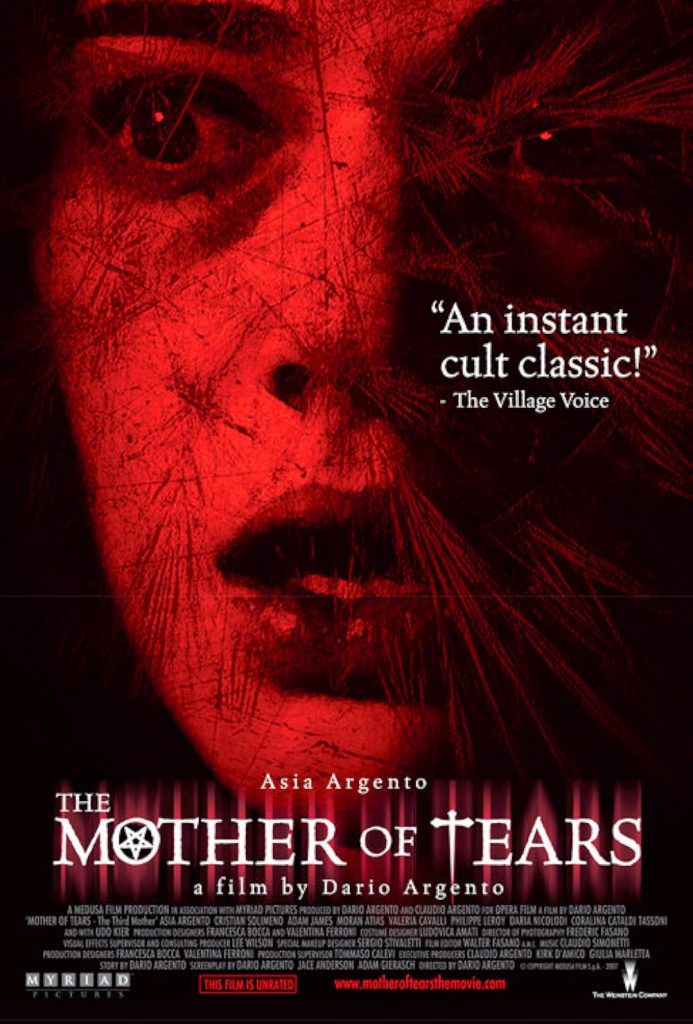
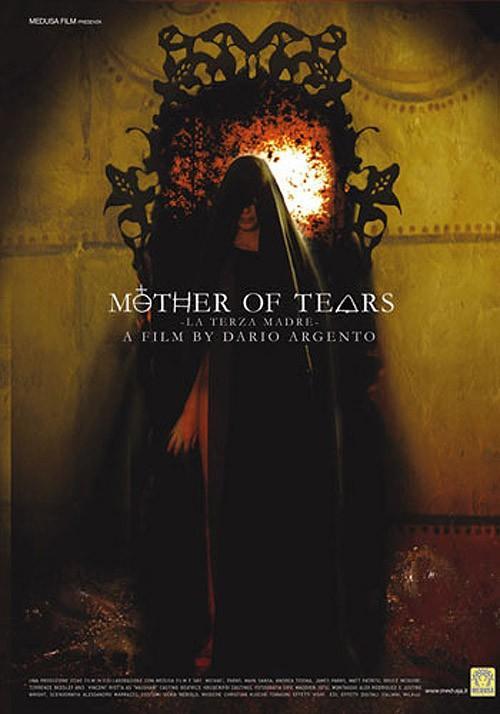
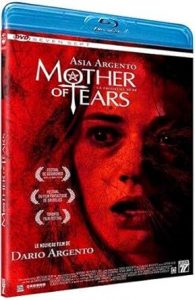
After a poor, limited box office run, The Mother of Tears found new life in physical media.
At the time of writing, Germany is the best place to find good-looking releases.
Despite the continuing re-releases of Suspiria and the loving treatment of Inferno, Mother of Tears has not received a significant US or UK release in decades.
